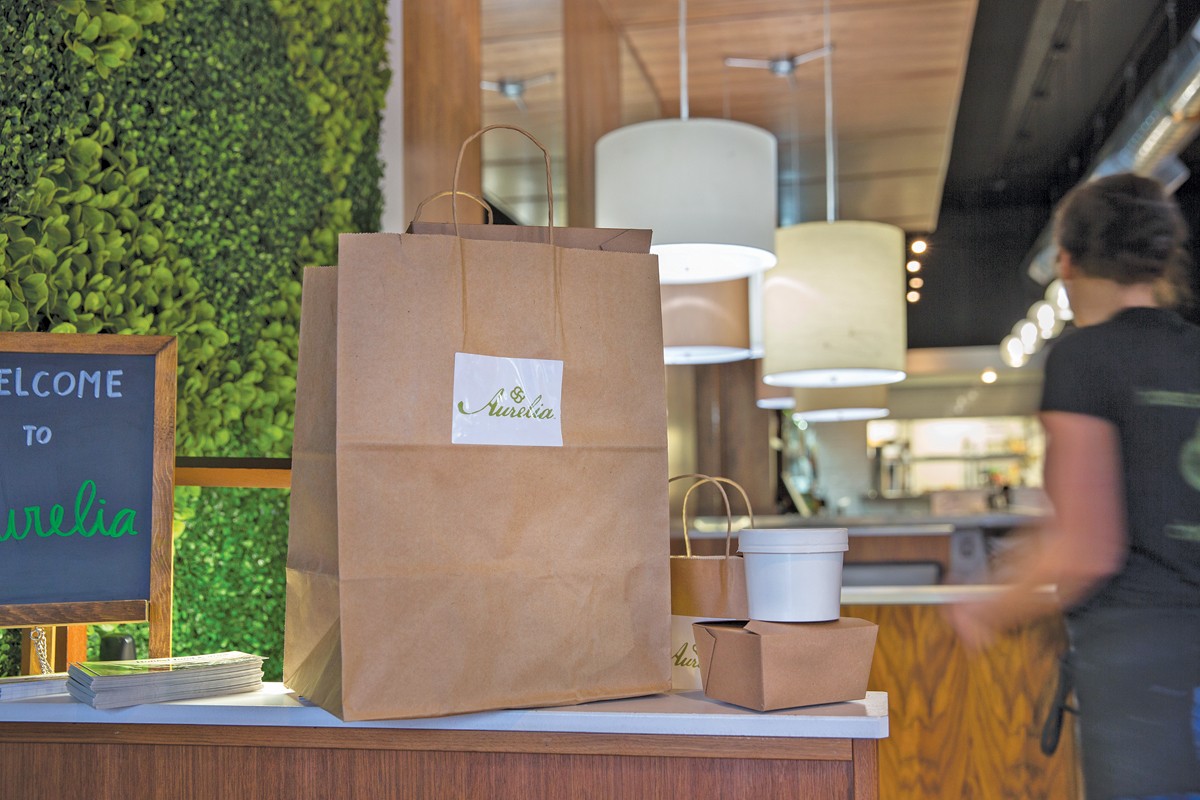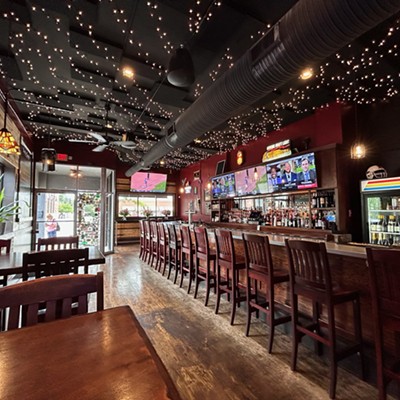Elie Chamoun does not mince words. "The food delivery services are absolutely killing us," he says.
As the owner of the 10-year-old Burgers 2 Beer in Highland Heights, as well as newer outposts in Solon, Concord and downtown Cleveland, Chamoun has watched as companies like GrubHub, DoorDash, Uber Eats and, to a lesser extent, Deliver Me Food have moved in and completely revolutionized the restaurant business, and not for the better, according to him and others we spoke to.
Until recently, unless you lived in New York or San Francisco, your food delivery options were largely limited to pizza and Chinese. These days, however, thanks to third-party apps like DoorDash and others, diners can order any dish from almost any restaurant menu from the comfort of their own sofa.
The arguments in favor of restaurants offering delivery through any or all of these services is an increase in revenue, the ability to attract new dine-in customers, and appealing to tech-savvy consumers who prefer to stay home. In the real world, however, many restaurant owners are less cheerful about the situation, calling the services a necessary evil at best and a restaurant killer at worst.
"Delivery services are a killer to local business because you're basically working your ass off, paying for labor and expenses, and they're taking 30 percent from you, which is your profit," says Chamoun, succinctly encapsulating the dilemma. "They are making money for themselves, but the customer is paying more and the restaurants are making less."
The notion that delivery business is supplemental to dine-in revenue no longer holds water as more and more consumers are electing to stay home. When customers take a seat in the dining room, they buy alcohol, they tip their server, food errors can be addressed on the spot, and the restaurant keeps all of the take. During his two years in Lakewood, before electing to close the doors, Chamoun saw delivery revenue increase by $5,000 to $6,000 per week, a direct correlation to a drop in on-site sales.
"There's a smaller percentage of people who eat out now," Chamoun reports. "Even when a customer orders food to go, they often sit at the bar and order a beer. It generates income."
Less obvious but no less vexing issues for owners revolve around driver and/or delivery errors that result in comps, re-makes and negative Yelp reviews, which have the opposite effect on attracting new dine-in customers.
Since 1956, Corky and Lenny's has been providing a unique and authentic Jewish deli experience to a very devoted following. But that following is not getting any younger, if you know what we mean, so the restaurant is willing to do whatever it takes to attract new customers, even if it's a break-even proposition.
"We obviously love [our older clientele's] business, but we'd like to cater to a younger crowd too," explains Adam Siegel, who has managed the iconic shop for more than 20 years. "We're willing to take a hit just to get people in and say, hey, this is what we have to offer, we'd love your business and we'd love your company."
Of course, any discussion of industry challenges is set against a backdrop of a dining landscape brimming with an excess of inventory.
"There are so many choices out there," Siegel laments. "Even though we are a unique New York-style deli, there are only so many mouths you can feed, but there are hundreds and hundreds of restaurants out there all trying to grab a piece of the pie."
Since opening his first restaurant at the age of 23, Andy Himmel has been a keen observer of evolving industry fads, trends and tech. Now, nearly 14 years later, Himmel's restaurant portfolio includes four Paladar Latin Kitchens in three states and three Bomba Tacos in Ohio. Like every other operator we spoke to, this one has observed an unmistakable decline in on-premises sales at the hand of delivery services.
"I guarantee that every restaurant is seeing a drop in dining room sales and an increase in their delivery and carryout sales," Himmel reports. "That's what we are seeing across the board. It's not a good long-term feeling because at the end of the day you still have a brick-and-mortar that you spent money to build."
Rather than bitch, moan and complain, Himmel will do what he always has done when confronted with a challenge: accept, adapt and survive.
"I look at delivery like I looked at Yelp in the beginning, which is, okay, it's here, it's not going anywhere, how do we make the best of it?"
Himmel and his team are going so far as to modify the physical layout of their properties to accommodate the rise of delivery traffic. Going forward, new Bomba locations will have significantly smaller dining rooms, larger bars and a redesigned host stand that doubles as a carryout zone to deal with the flurry of delivery drivers.
"It's not something entirely good for the industry," Himmel admits. "So we're trying to put as much energy, money and time into really driving the dining experience and try to give people a reason to come in. Just the food alone is not enough to do that. That's the big challenge for the industry."










